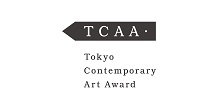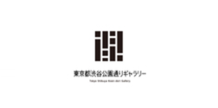Carmen PAPALIA
- TOP >
- Archives >
- Residency Program >
- Carmen PAPALIA
International Creator Residency Program
update: 2024.12.6
Carmen PAPALIA
| Participating Project | International Creator Residency Program |
|---|---|
| Activity Based | Vancouver |
| City / Place stayed | Tokyo |
| Period | 2024.05 - 2024.07 |
Purpose of the residency
While at TOKAS I'll develop version 2.0 of Acoustic Mobility Device, a detection cane turned instrument that translates texture into sound. The design for the object will build on ver. 1.0, which I produced at designer S. Hendren’s Adaptive and Assistive Technologies Lab at Olin College in Boston in 2015. In ver. 1.0, a contact mic built into the cane’s “feeler” translates texture into sound and is transmitted through headphones, a speaker or the cane’s purpose-built modulation unit, a multifunctional device made from Fender electric guitar effects pedals.
Plan during the residency
The goal in producing version 2.0, mentioned in "Purpose of the residency", will be to improve the usability and robustness of the design after discovering its limitations through personal use, collaboration and exhibiting it as an art object. Through an iterative design process, I'll address its use as an instrument that I can navigate independently when collaborating with a musician or live-mixing the sounds that I make in solo performances.
Being in Tokyo will allow me to pursue a partnership with a Japanese electric guitar manufacturer so the
project may benefit from the knowledge and resources that the partnering company has in regards to sound technology, instrument design and fabrication.
Activities during the residency
I developed Loud Cane 1.0 with Canadian noise artist Sam McKinley of The Rita during my time in residence, producing a performance-ready sound cane that translates texture into sound when plugged into effectors, a mixer and PA. I also met with a number of other sound artists to explore the cane’s performance capabilities including Adrian Mcbride, Eliko “Suzueri” Suzuki, Hiroyuki Ura and Toshiji Mikawa of INCAPACITANTS. These artists accompanied me in a series of recorded studio sessions where I interacted and made noise with a number of objects and materials that I purchased at the hardware store, like wood panels, wire framing, stone and ceramic tiles, flooring material, a tatami mat and an oil drum. I also collaborated with VibraFusionLab in London Ontario and produced David Bobier and Jim Ruxton’s designs for vibrotactile wall panels and pillows as a means of making the resulting audio available as vibration to those who are deaf and hard of hearing.
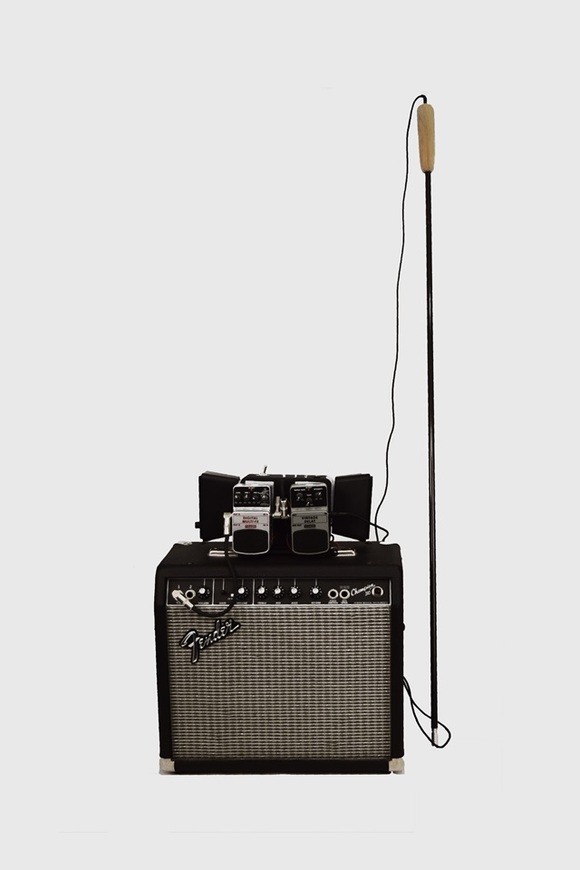
Loud Cane
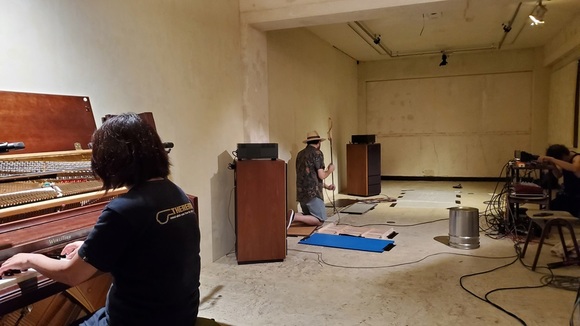
Session with Adrian Mcbride & Eliko “Suzueri” Suzuki
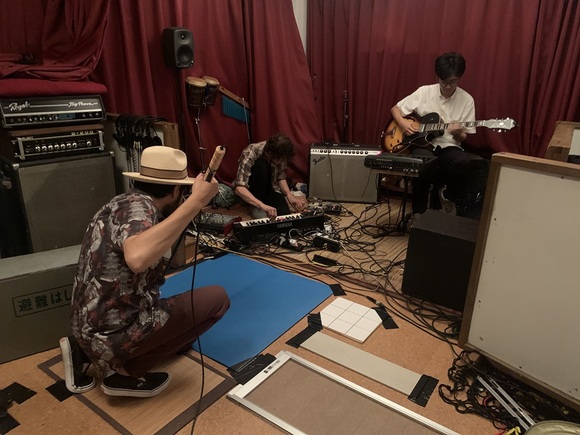
Session with Adrian Mcbride & Hiroyuki Ura
Outcome of the residency
While I produced my first sound cane in 2015, it wasn’t until I produced Loud Cane 1.0 with Sam McKinley that I was really able to realize the cane’s performance possibilities! Loud Cane 1.0 gave me the opportunity to collaborate with sound artists and find a common thread between our practices. As someone who has never made music before, this marked a significant point in my creative development, revealing a number of possible paths forward for my sound cane series while providing me some performance experience that will surely bring me back to the studio and stage!





